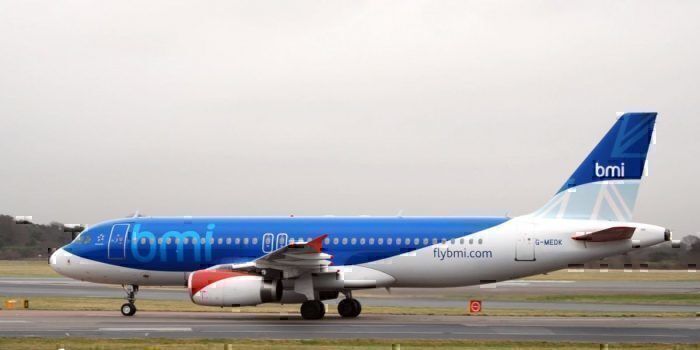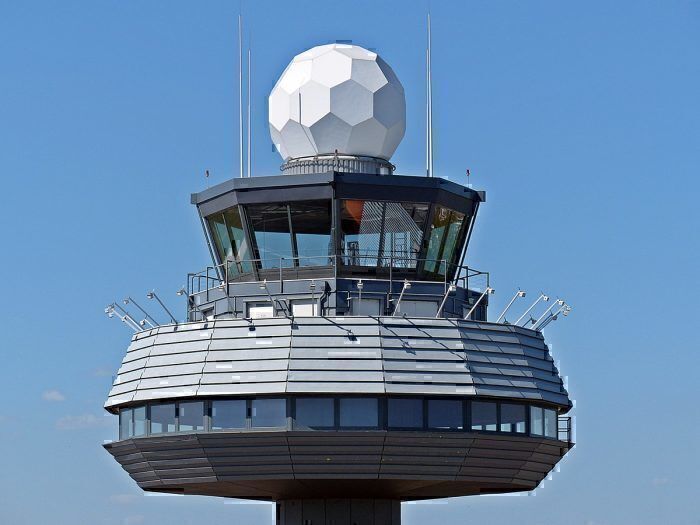The last 18 months have seen a flurry of airline bankruptcies in Europe. From small regionals like the UK’s Flybmi and Cobalt to major players like Thomas Cook and WOW, airlines have been dropping like the proverbial flies. Analysts and observers have laid the blame at the feet of fuel price rises, oversupply, Brexit, competition and even just the natural process of consolidation. But there’s another factor at play here too; could an EU directive be part of the reason so many airlines are going bankrupt?
What is EU261?
The European Commission ruling EC 261/2004, generally known as EU261, was put in place to protect passengers. The legislation was intended to take care of travelers who were affected by lengthy delays, denied boarding or cancellation of their flights.
As well as protecting passengers, it was intended to serve as a deterrent to airlines, to discourage them from cancelling under booked flights or deliberately overbooking, only to deny boarding to some passengers.
Put in place in 2004, it initially worked very well, at least from the passengers’ point of view. Passengers could claim between €250 and €600 depending on the length of the flight, and as a result, fewer passengers were bumped and airlines initiated a renewed focus towards on time performance.
However, over the 14 years that the legislation has been in place, it has undergone a raft of changes. The European Court of Justice has broadened the scope of EU261, which has meant that, in the case of almost any delay of three hours or more, airlines are being forced to pay out.
Why is it a problem for airlines?
EU261 can mean a single flight suddenly becomes a major financial burden for the airline. A delayed short-haul flight could cost around €17,500, increasing to €150,000 or more for a long haul trip. At times when airlines are surviving on the slimmest of profit margins, these costs can really serve to break their balance sheet.
For large, legacy airlines operating full service routes with various cabin classes, these sorts of costs can be absorbed to some extent. However, for smaller airlines with low ticket prices, the cost of paying out under EU261 can far exceed the revenue of the flight. But that’s not the worst part.
More difficult than this is the fact that passengers have up to six years to make a claim. This means that a delayed flight today could be claimed for in 2025; how are airlines supposed to budget for that? With the proliferation of claims management companies helping passengers chase down years old compensation, this is a real risk for airlines.
According to Jardine Lloyd Thompson Group, airlines pay out eight figure sums year on year. Despite this, in many cases this only represents some 15% of the potentially eligible compensation. That’s a massive financial ax hanging over any airline’s head.
Added to this is the sheer administrative burden of dealing with the compensation claims of a planeload of passengers. Hundreds of claims could need to be checked, verified and settled, preferably in good time to avoid reputational damage, meaning many airlines have huge teams of people working just on EU261 admin.
The end result is a financial pit just waiting for any airline to fall into. While large airlines can sometimes shoulder the burden of these payouts, for smaller airlines, it can make the difference between posting a profit or a loss that month
What’s the answer?
The European Regions Airline Association (ERA), a body that represents 51 European airlines, recently published a study on the negative impact of EU261. Their analysis highlights how much worst the impact of this regulation is on small and medium carriers than it is on large airlines.
In partnership with legal firm Clyde & Co, ERA noted that a number of aspects of EU261 had been subject to modification. These modifications served to make it more difficult for airlines to invoke Extraordinary Circumstances Defense, even in legitimate situations where events were beyond the operator’s control.
The study also notes that the amount spent on passenger claims in 2019 is triple what it was in 2016. On average, payouts are some 296% more than the cost of the original ticket. ERA Director General, Montserrat Barriga, commented on the findings, saying,
“EU261 is putting an unbearable financial burden on small to medium-sized airlines that operate on very low margins, have lower average ticket prices, tighter schedules and smaller teams to deal with claims and legal and administrative procedures and costs; they are therefore disproportionately affected by the regulation. Recent airline failures are sadly reducing competition and choice in Europe. Some ERA members are already abandoning routes that are not profitable, including PSO-subsidised routes. Additionally, an airline should never be financially penalised for taking all the necessary time to carry out safety-related procedures.”
The body has made a set of recommendation to the European Commission, including reducing compensation levels for smaller airlines by 50%, capping compensation to a proportion of the ticket cost and excluding PSO routes from the scheme altogether. It also raises questions about safety, saying that airlines are not being given long enough to perform the necessary checks in the event of a safety concern.
The new European Commission started work on the 1st December. Clearly, the new Commission has a lot to discuss, but hopefully, EU261 will feature somewhere on the agenda. Implementing these changes could level the playing field for smaller, regional airlines, and help prevent more airline collapses being spurred on by compensation payouts.
Until then, EU261 will still be known in some circles as the ‘airline killer’.





